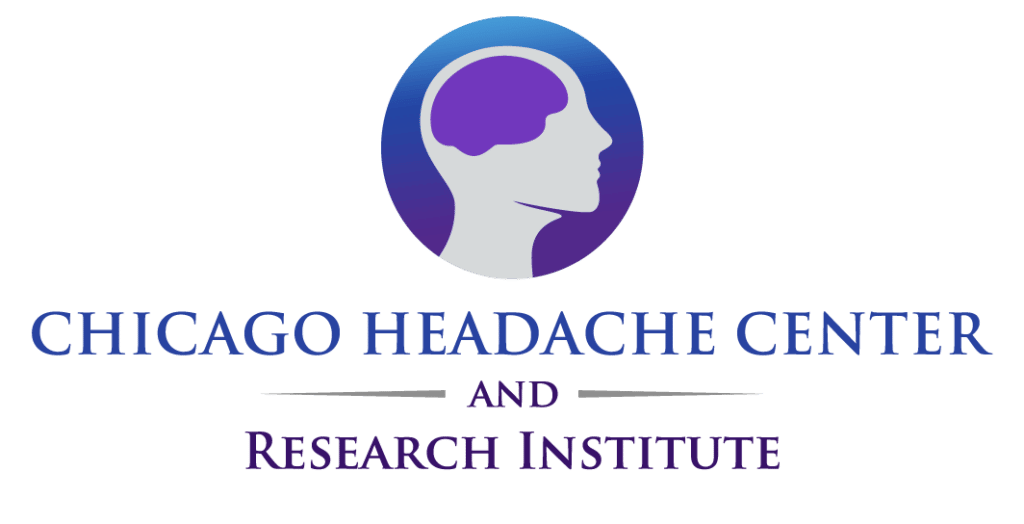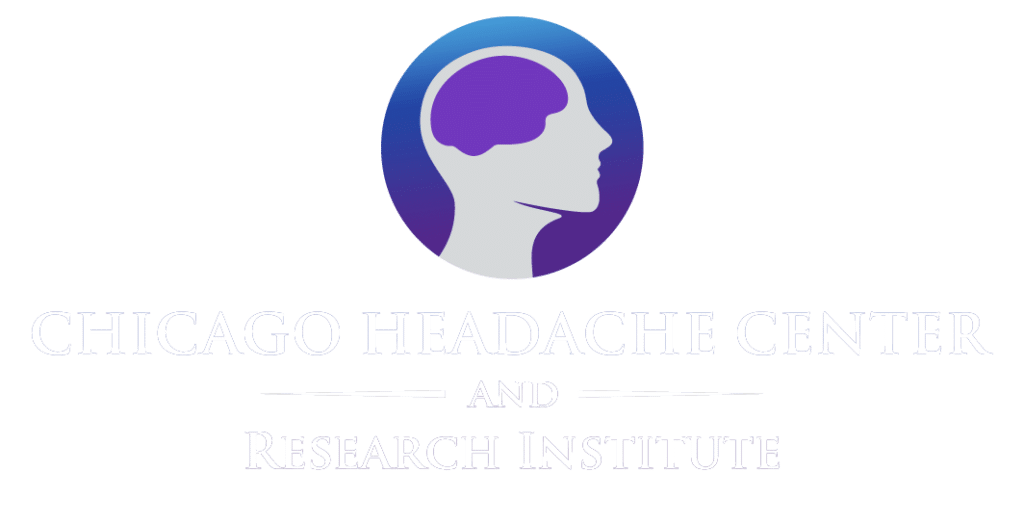One of the most common complaints known to humankind is headache. Most people, at some time or another, have experienced a headache. The most common form of headache is tension-type headache. The most commonly seen headache condition in a healthcare provider’s office, however, is migraine. Often, a person – and sometimes even a healthcare provider – mistakenly thinks the headache is a sinus headache. Actually the most common misdiagnosis that we see in clinical practice is when migraine is called a sinus headache.
There are several understandable reasons for this confusion, so it is not surprising to many headache specialists when this is the case. First, many people living with migraine experience pain in the area below the eyes – where some of our sinuses are located. This area is known as the maxillary area, and the sinuses there are called the maxillary sinuses. Often when people think of sinus pain and pressure, they think of the maxillary area. To complicate the issue, it is believed the trigeminal nerve (which plays a significant role in migraine), has three branches, and one of those branches is located in the same area (in fact, it’s called the maxillary branch). So you can probably already see how this can often be a confusing diagnosis.
The first branch of the trigeminal nerve is called the ophthalmic branch, and it is located around and above the eyes. Since we also have sinuses above the eyes (called the frontal sinuses), there is another area that overlaps. As a side note, the third branch of the trigeminal nerve (the mandibular branch), is located down near the teeth, which is why it is believed some people with migraine get pain in the jaw and teeth area.
Another reason migraine is often misdiagnosed as sinus headache is the weather. One of the most common triggers for a migraine attack is a change in weather. It is believed the pressure change associated with significant changes in weather is the specific migraine trigger. Similarly, weather changes can sometimes worsen sinus pain and pressure in the setting of an actual sinus issue. Again, you can see some of the reasons why this can sometimes be a confusing diagnosis to make.
This is not to say that some people do not get sinus headaches – of course they do. If a person has a sinus infection and ultimately requires antibiotics, and the pain resolves, more than likely, yes, that person probably had a sinus headache. If, however, the person is treated with antibiotics – perhaps multiple times in a few months or several times a year – and the pain does not resolve, then the diagnosis of sinus headache may be in question.
Hopefully this will encourage you to have a discussion with your healthcare provider about the different possible diagnoses if you are experiencing what seem to be recurring sinus headaches. Considering the other symptoms that often accompany migraine (light sensitivity, sound sensitivity and/or nausea) can be helpful. Often an otolaryngologist (ear, nose, and throat – or ENT physician) can help confirm the diagnosis.

















